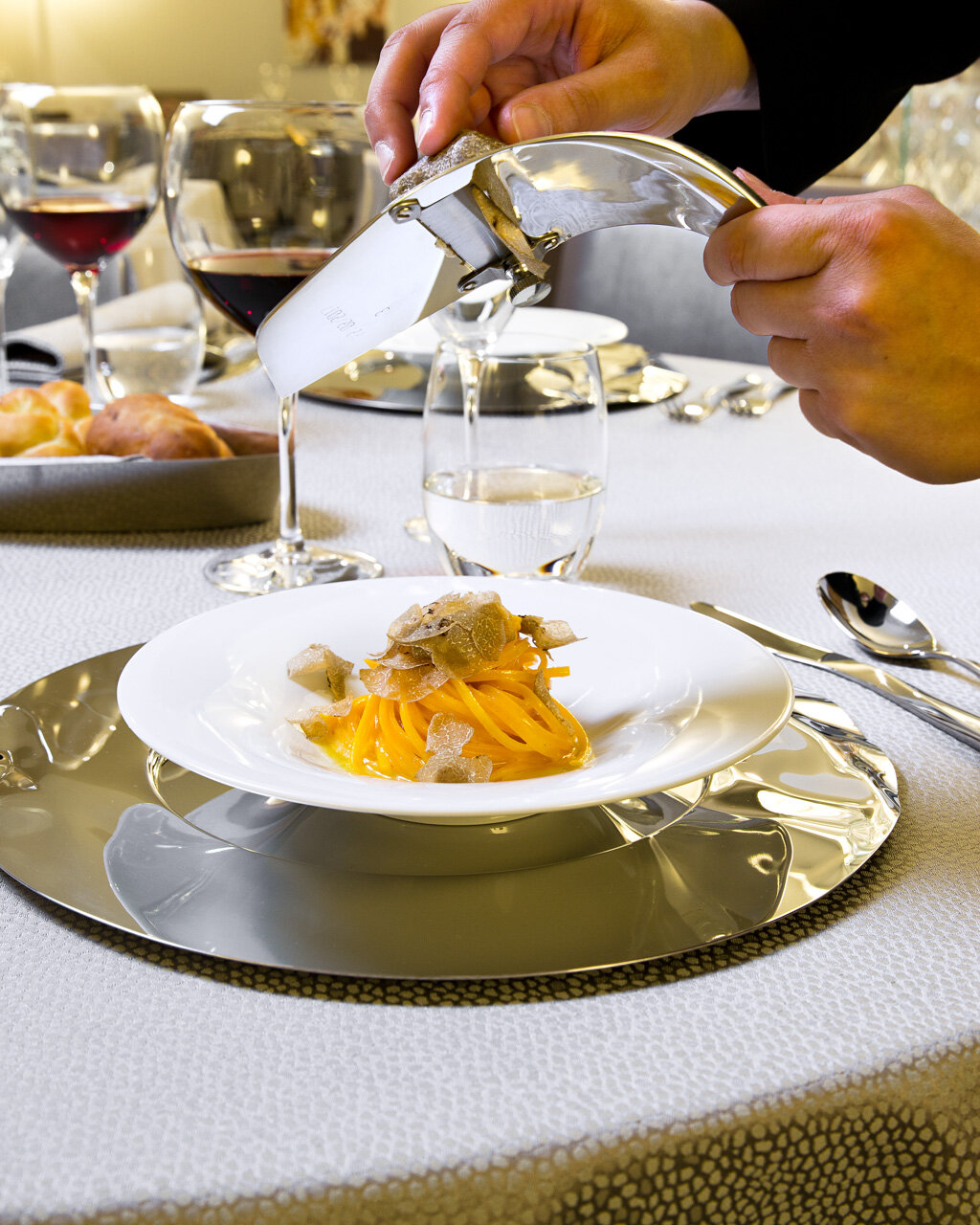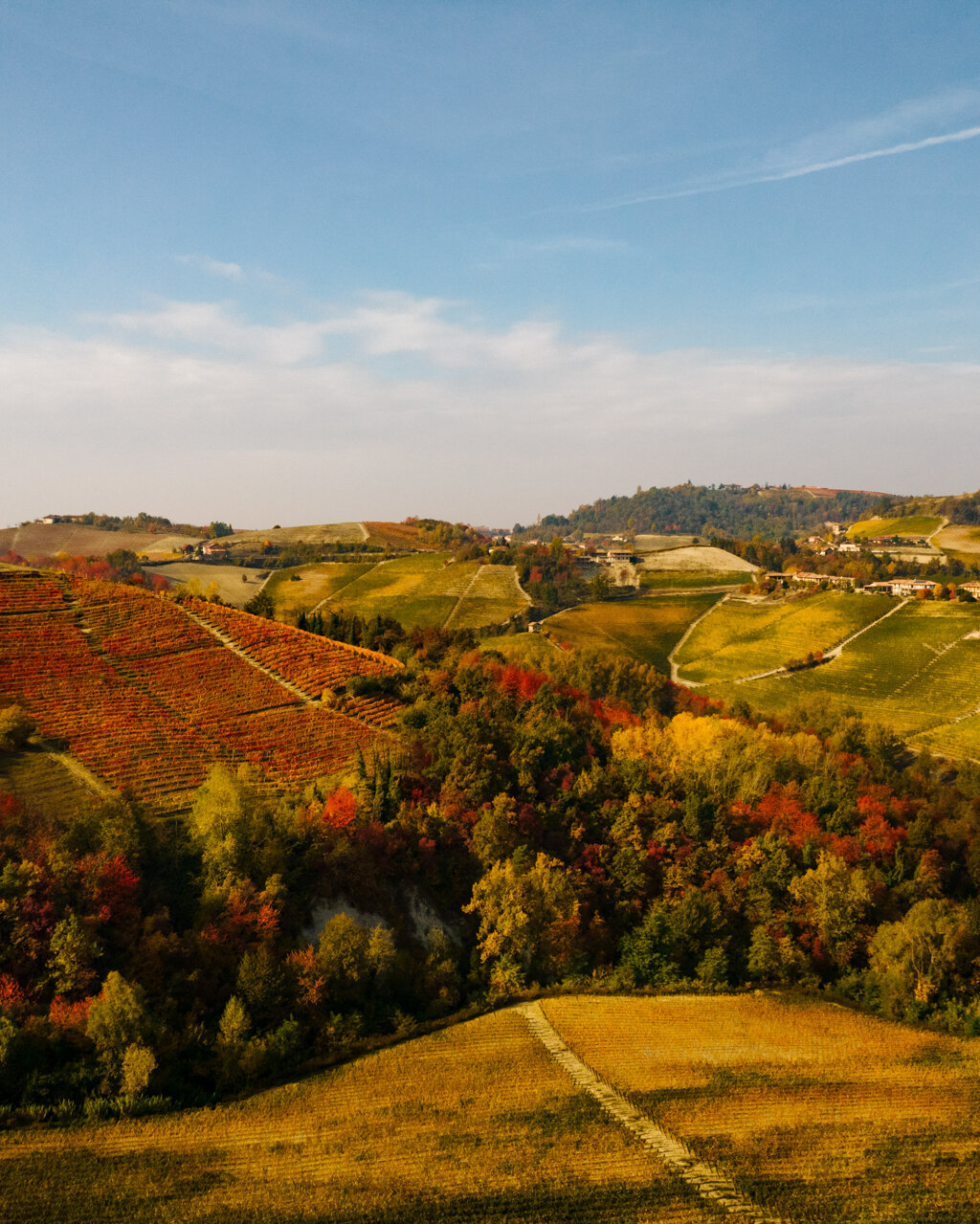Here, bricks are replaced with stone; the estates get smaller, the houses lower and more modest and the villages shrink to tiny proportions. Here, life has remained tenaciously attached to just a few acres of land in the same way that the ivy attaches itself to the terraces built to cultivate that land.
Continue along the walls of the castle to a switchback and leave the paved road to continue straight along a narrow, stony road between the dry-stone walls. Once back on the asphalt at the bottom of the valley, near the former Francis - can Monastery, turn to the right, pass the Town Hall and cross the bridge over the Bormida river, which separates the two historical hamlets of San Pantaleo (across the river) and San Michele (on the near side of the river).
PLEASE NOTE: Responsibility for the maintenance and practicability of the various trails lies with the municipalities where the routes are located. The Tourist Board, therefore, cannot be held responsible for any inefficiencies, but is willingly available to collect your reports so that they can be forwarded to the authorities concerned.


